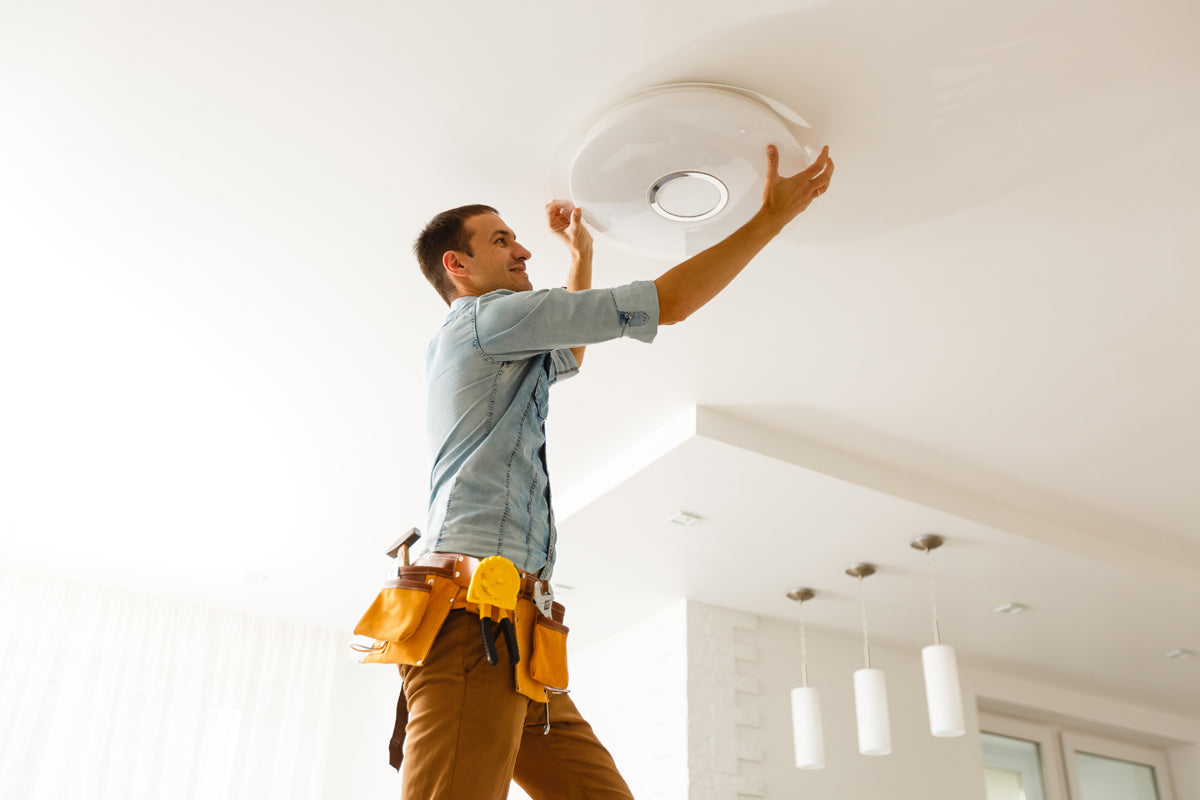On orders $99+
On orders $99+

The frequency of changing a light fixture depends on various factors, including the fixture's quality, usage patterns, environmental conditions, and evolving design trends. High-quality fixtures made of durable materials in low-use areas may last many years, while those in high-traffic zones or made with less durable materials might need replacing sooner. Environmental factors like humidity or exposure to the elements, particularly for outdoor lighting, can also accelerate wear and tear.
Additionally, advances in lighting technology and changes in interior design trends might prompt an update for aesthetic reasons, even if the fixture is still functional. Regular maintenance and periodic inspections can help extend a fixture's lifespan, but if you notice persistent issues like frequent bulb replacements, dimming, flickering, or visible damage, it might be time to consider a replacement.
Let's explore this topic in depth, offering insights and practical advice.
In the dynamic world of home design and maintenance, one question frequently emerges: "How often do I need to change a light fixture?" The answer is not a simple date on the calendar but a nuanced evaluation influenced by various factors. For homeowners and interior designers alike, understanding when to update or replace a light fixture is essential for maintaining both the functionality and aesthetic appeal of a space.
The longevity of a light fixture largely hinges on its quality and construction. High-end fixtures crafted with premium materials and robust hardware tend to outlast their cheaper counterparts. For instance, a solid brass chandelier might endure for decades, while a budget-friendly plastic pendant may show wear sooner.
How often a fixture is used plays a crucial role. Fixtures in high-traffic areas like the kitchen or living room may face quicker degradation due to frequent use. The constant on-and-off action can strain the fixture's internal components, shortening its lifespan.
External conditions significantly affect longevity. In areas with high humidity, like bathrooms or coastal homes, fixtures can succumb to corrosion or rust. Outdoor lighting is especially prone to weather-related wear, requiring more frequent replacements or upgrades.
Lighting technology evolves rapidly, and staying current can sometimes mean replacing fully functional fixtures. The shift from incandescent bulbs to energy-efficient LEDs is a prime example. Additionally, as interior design trends change, a light fixture might no longer complement the updated decor, necessitating a change.
If you're replacing bulbs more often than usual, the fixture might be at fault. Persistent issues with bulb longevity can signal underlying problems like poor wiring or socket damage.
Experiencing unexplained dimming or flickering? It could indicate internal damage to the fixture, potentially requiring a replacement for safety and performance reasons.
Physical signs like cracks, discoloration, or rust are clear indicators that a fixture needs to be replaced. Not only do these issues affect performance, but they can also detract from the overall aesthetic of your space.
For those keen on interior design, a fixture that once was a trendsetter might now clash with modern aesthetics. Lighting styles, like furniture and color palettes, evolve, and updating fixtures can rejuvenate a room’s look.
Proper maintenance can extend a fixture's life. Regular cleaning and gentle handling keep fixtures in optimal condition, potentially delaying the need for replacement.
When considering a replacement, look for energy-efficient options like LED fixtures. These not only last longer but also reduce energy costs, making them a smart investment.
When in doubt, especially concerning safety, consult with a professional electrician. They can assess the fixture's condition and provide recommendations on whether a repair or replacement is necessary.
Striking a balance between trendy and timeless designs can be challenging. When choosing new fixtures, consider styles that can withstand the test of time while still reflecting contemporary design sensibilities.
Replacing or updating a light fixture depends on various factors, including quality, usage, environmental conditions, and evolving design trends. By paying attention to the signs of wear and considering both functional and aesthetic aspects, you can make informed decisions about when to change your lighting fixtures. For DIY enthusiasts and interior designers, this understanding is key to creating spaces that are not only well-lit and safe but also align with the desired ambiance and style of the home.
Helpful Links:
Why You should Hire a Professional Lighting Installer
Illuminating Your Spaces Safely: A Guide to Light Fixture Location Ratings
Leave a comment